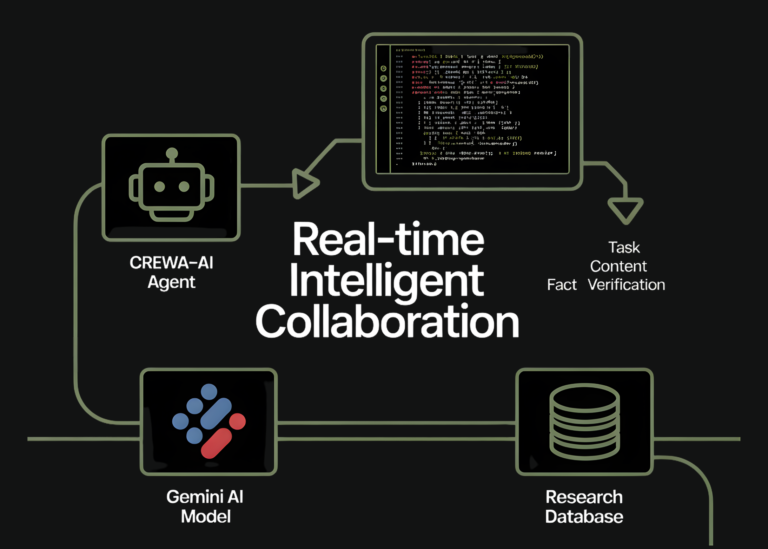AI Tools for Creating Dynamic Pricing Strategies: Revolutionizing Retail and Beyond
In today’s fast-paced, data-driven economy, businesses face constant pressure to remain competitive while maximizing profitability. One of the most transformative innovations in this space is dynamic pricing, a strategy that adjusts product or service prices in real-time based on factors like demand, competition, and customer behavior. Artificial Intelligence (AI) has emerged as a critical enabler of dynamic pricing, allowing companies to react swiftly to market changes, optimize revenue, and enhance customer experiences. From e-commerce giants to hospitality providers, AI-powered tools are reshaping how businesses set and manage prices.
The Rise of Dynamic Pricing in the Digital Age
Dynamic pricing is no longer a luxury—it’s a necessity. Traditional pricing models, which rely on fixed rates or periodic adjustments, are ill-suited for markets where consumer demand fluctuates rapidly. AI tools address this by analyzing vast amounts of data, identifying patterns, and automating pricing decisions. This approach is particularly valuable in industries like travel, retail, ride-sharing, and SaaS, where pricing elasticity and competition are high.
For example, airlines adjust ticket prices based on booking time, seat availability, and competitor rates. E-commerce platforms like Amazon use AI to tweak prices multiple times a day, ensuring they stay ahead of rivals. Even grocery stores leverage dynamic pricing to manage inventory and respond to supply chain disruptions. The key to success lies in the ability to process real-time data, predict demand, and execute pricing changes without human intervention.
How AI Powers Dynamic Pricing Strategies
AI tools employ advanced algorithms and machine learning (ML) models to automate and refine pricing decisions. Here’s how they work:
-
Real-Time Data Analysis
AI systems gather and process data from multiple sources, including sales trends, competitor pricing, customer behavior, and external factors like weather or events. For instance, a retail AI tool might monitor social media sentiment or local traffic patterns to adjust prices for perishable goods. -
Machine Learning and Predictive Modeling
By training on historical data, AI can forecast demand and identify pricing opportunities. For example, a machine learning model might predict a surge in demand for a product during a holiday season and recommend a price increase. -
Automated Price Adjustments
Once insights are generated, AI tools can automatically update prices across platforms. This is especially useful for online retailers managing thousands of SKUs, where manual adjustments would be impractical. - Personalized Pricing
AI can segment customers based on browsing history, purchase patterns, or location to offer tailored pricing. While controversial, this approach can boost sales and customer loyalty when used ethically.
Key AI Tools for Dynamic Pricing
Several AI platforms have gained traction for their ability to streamline dynamic pricing. Here are a few notable ones:
-
Pricefx
A cloud-based platform that uses AI to analyze demand, competition, and inventory data. It’s widely used in retail and manufacturing to optimize prices across channels and improve profitability. -
Prisync
Specializing in e-commerce, Prisync employs AI to scrape competitor pricing data and adjust prices on platforms like Amazon and eBay. It helps businesses stay competitive while maintaining margins. -
6 River Systems
Focused on retail and logistics, this tool uses AI to manage in-store and online pricing, integrating with inventory systems to reflect real-time stock levels and customer traffic. -
Hopper
Known for its travel industry applications, Hopper uses AI to predict price trends for flights and hotels, advising users on the best times to book. For businesses, it demonstrates how predictive analytics can drive pricing decisions. - Amazon’s Dynamic Pricing Engine
Amazon’s internal AI systems adjust prices for millions of products based on demand, competitor behavior, and user data. This has set a benchmark for how AI can transform pricing scalability.
Benefits of AI-Driven Dynamic Pricing
- Enhanced Revenue Management: AI identifies optimal price points to maximize profits without deterring customers.
- Competitive Edge: Real-time adjustments ensure businesses stay ahead of competitors, especially in volatile markets.
- Scalability: Automating pricing for large product catalogs reduces manual effort and errors.
- Customer-Centric Decisions: Personalized pricing and promotions can improve customer satisfaction and retention.
- Adaptability: AI quickly responds to external shocks, such as supply chain issues or sudden demand spikes.
Challenges and Considerations
While AI tools offer significant advantages, they also present challenges:
- Data Quality: Inaccurate or incomplete data can lead to flawed pricing decisions.
- Ethical Concerns: Personalized pricing may raise issues around fairness and transparency.
- Integration Complexity: Implementing AI systems often requires compatibility with existing ERP, CRM, or e-commerce platforms.
- Over-Reliance on Automation: Human oversight is still crucial to avoid unintended consequences, such as price wars or customer backlash.
Future Trends in AI-Driven Pricing
The future of dynamic pricing will likely involve even more sophisticated AI, such as:
- Generative AI for Pricing Scenarios: Tools like GPT-4 could generate pricing strategies for unique market conditions.
- Sustainability-Linked Pricing: AI might factor in environmental impact or carbon footprint data to align pricing with eco-conscious consumer preferences.
- Ethical AI Frameworks: As regulations evolve, platforms will prioritize transparency and fairness in pricing algorithms.
Conclusion
AI tools are redefining dynamic pricing, making it faster, smarter, and more responsive than ever before. By leveraging machine learning, real-time analytics, and automation, businesses can stay agile in competitive markets while delivering value to customers. However, success depends on balancing technological capabilities with ethical considerations and human expertise. As AI continues to evolve, its role in pricing strategies will only grow, offering new opportunities for innovation and growth across industries.
For businesses ready to embrace this shift, the key lies in selecting the right tools, investing in data infrastructure, and fostering a culture of continuous adaptation. The future of pricing isn’t static—it’s dynamic, and AI is the engine driving it.







